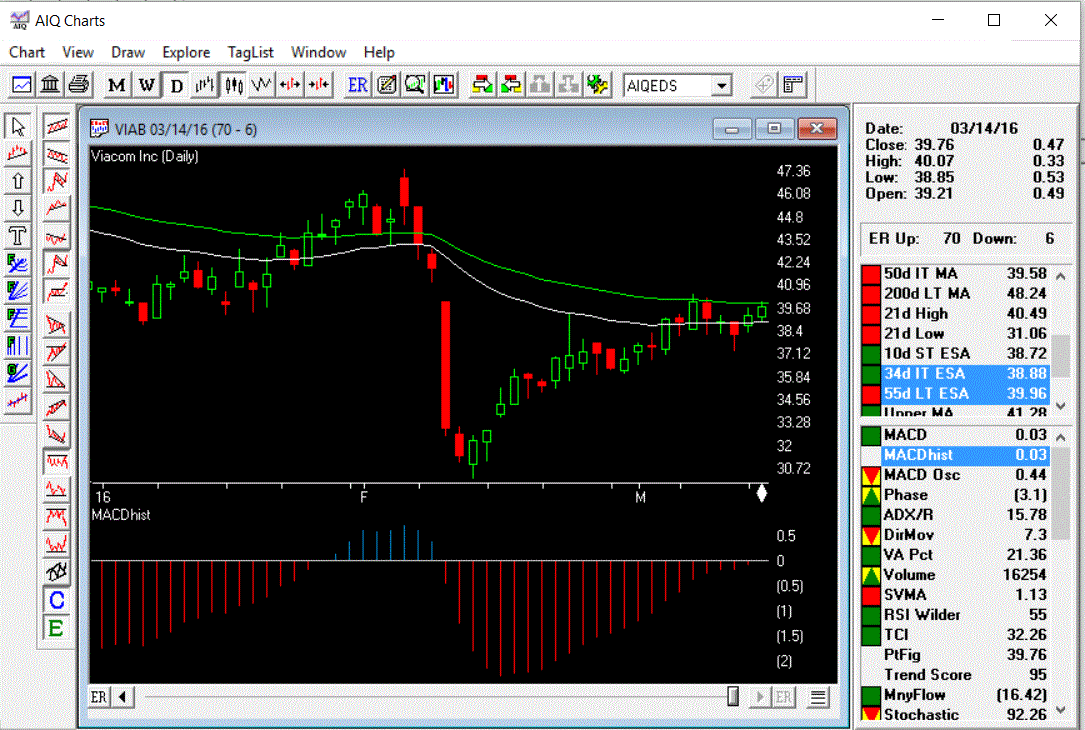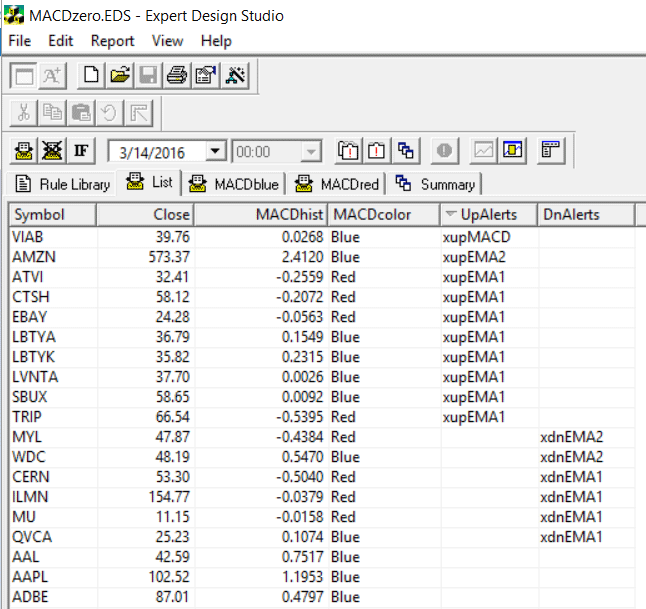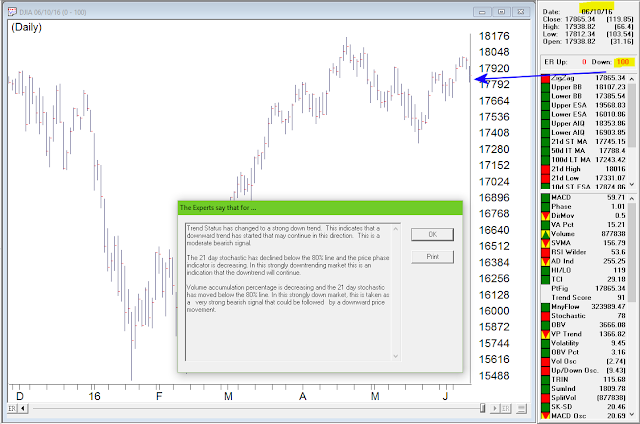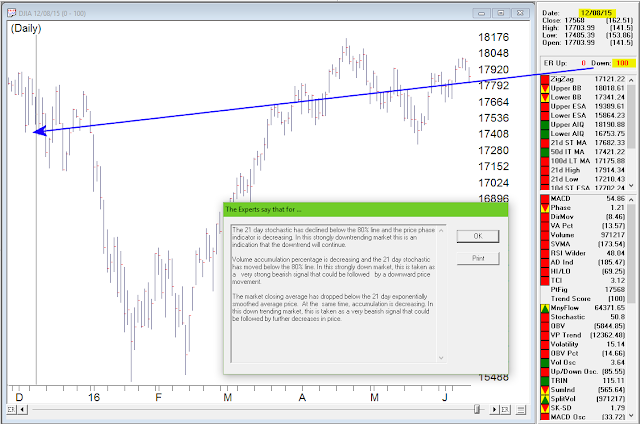The Dow shot up over 270 points at the open, then spent the rest of the day giving back about half of those points to close up 130 at 17,805. Volume was moderate, coming in at 96 percent of its 10-day average. There were 178 new highs and only 9 new lows.
Yesterday’s rally was the Big Move predicted by last Thursday’s small change in the A-D oscillator. It also came on the heels of last Wednesday’s VIX Buy Signal.
The rally was fueled by two polls released in the U.K. over the weekend that showed the ‘Stay’ vote taking a small lead. Prior polls had been showing the ‘Leave’ vote with a small lead, so the markets took the change in polling as a positive sign. I wouldn’t get too excited about the polls, because the result of Thursday’s vote is still way too close to call, especially in view of the impact that a ‘Leave’ vote could have on financial markets.
One of the things that students should realize is that the U.K. is not in great financial shape right now. The country is running significant account deficits and a lower pound won’t be that much help to British consumers and exporters.
In September 1992, when the UK last devalued its currency by 15 percent, the country was able to recover because interest rates had been running over 10 percent, so consumers and businesses benefited by the devalued pound which lowered interest rates. But now with interest rates running near zero, a 10-15+ percent devaluation of the pound could have entirely different consequences. It could severely impact the UK’s economy and put the country into a deep recession that could take years to recover.
So we need to be on our toes going into Thursday’s vote. If the ‘Leave’ voters win, Friday could be a very bad day for world markets. On the other hand, IF the ‘Stay’ voters get the upper hand, world markets should react positively with the Dow likely to re-test the 20 April high of 18,168.
Please be careful going into Thursday. In my opinion, the vote on Brexit is too close to call and could go either way. This means that the risk to your portfolio is very high.
So because of the high risk, I am mostly focused on short-term scalps. With a positive Dean’s List, a neutral Tide, and negative DMIs and Money Flow indicators, the cockpit indicators are about as mixed as they can be. They’re telling me to be on the sidelines or scalp trade only.
Try our Cum Laude service for 2 weeks and receive 8 nightly updates (just like this one)
and 2 weekend strategy reviews
PLUS the Dean’s List of favored stocks
ONLY $9.99
However, my custom VTI turned positive after yesterday’s trading, so I’m going to look for scalp trades to the long side today. One of the things I’ve found is that whenever the VTI changes direction, stocks highlighted for the Honor Roll tend to do well over the short term. We’ll see if this holds true today with BP and Continental Resources (CLR), the two energy stocks that were highlighted last night.
My other focus will be on gold. Yesterday’s early rally in the equity markets caused most gold stocks to pull back. It also caused UUP to drop off the Dean’s List and the UDN, inverse Dollar ETF, to re-appear. So for the very short term, the Dean is telling is us the Dollar is weakening, which means the environment for gold could be getting stronger.
Also, the 2-period RSI Wilder on ABX closed with an oversold reading of 22.17. So with ABX in an Uptrend (50>200) and an oversold RSI on the Daily chart, its telling me that it might be a good time to go hunting. I spent several hours last night polishing my Rifle)
That’s what I’m doing,
The Professor
Market Signals for
06-21-2016
| DMI (DIA) |
NEG |
| DMI (QQQ) |
NEG |
| COACH (DIA) |
NEG |
| COACH (QQQ) |
NEG |
| A/D OSC |
|
| DEANs LIST |
POS |
| THE TIDE |
NEU |
| SUM IND |
NEG |
Try our Cum Laude service for 2 weeks and receive 8 nightly updates (just like this one)
and 2 weekend strategy reviews
PLUS the Dean’s List of favored stocks
ONLY $9.99





